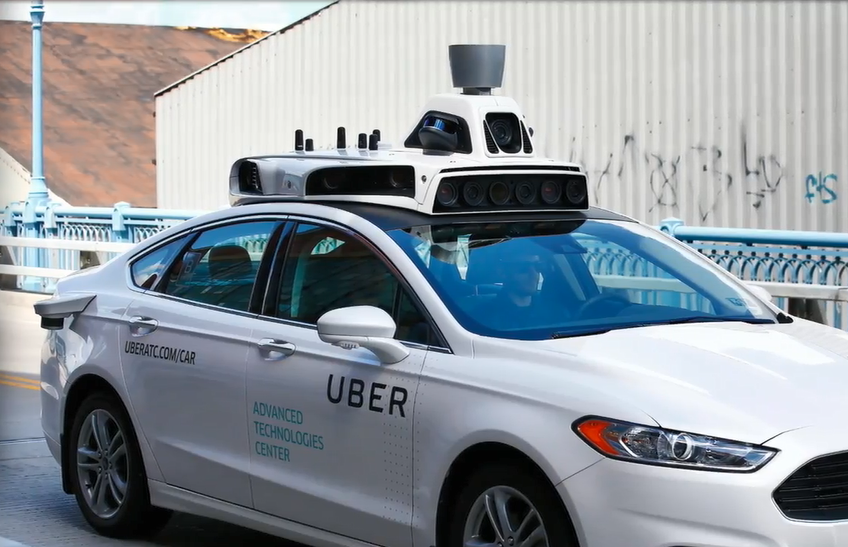Some self-driving car boosters are arguing that pedestrians don't know how to cross the street following the first pedestrian death attributed to an autonomous vehicle.
第一位行人死于無人駕駛機(jī)動(dòng)車的事故發(fā)生后,一些無人駕駛汽車擁護(hù)者認(rèn)為行人不知道如何過馬路。
In March, an Uber self-driving car killed a woman in Arizona who was walking a bicycle across the street at night outside a designated crosswalk.
今年三月,一輛優(yōu)步無人駕駛汽車在亞利桑那州撞死了一名晚上推自行車橫穿馬路的女子,她當(dāng)時(shí)沒走指定的人行橫道。
AutoNews.com reports the incident is still under investigation.
“AutoNews.com”報(bào)道稱該事故仍在調(diào)查之中。

A preliminary report from federal safety regulators said the car's sensors had detected the woman but the software detected it as a false positive.
聯(lián)邦安全監(jiān)察機(jī)構(gòu)的初步調(diào)查報(bào)道上說,該汽車的傳感器偵測到了這位女子,但其軟件卻認(rèn)為是誤報(bào)。
Google affiliate Waymo has promised to launch a self-driving taxi service later this year.
谷歌子公司“Waymo”承諾在今年晚些時(shí)候推出無人駕駛出租車服務(wù)。
Elon Musk, however, has shelved his plans for autonomous Teslas.
而伊隆·馬斯克卻擱置了Tesla無人駕駛汽車的計(jì)劃。
Researcher Andrew NG says that pedestrians can adjust, explaining, "If you look at the emergence of railroads, for the most part people have learned not to stand in front of a train on the tracks."
研究員吳恩達(dá)表示行人是能適應(yīng)的,并解釋道,“如果你看了鐵路的發(fā)展歷程,在大多數(shù)情況下,人們已經(jīng)認(rèn)識(shí)到不能站在在軌道上行駛的火車前。”
譯文屬可可英語原創(chuàng),未經(jīng)允許,不得轉(zhuǎn)載。












